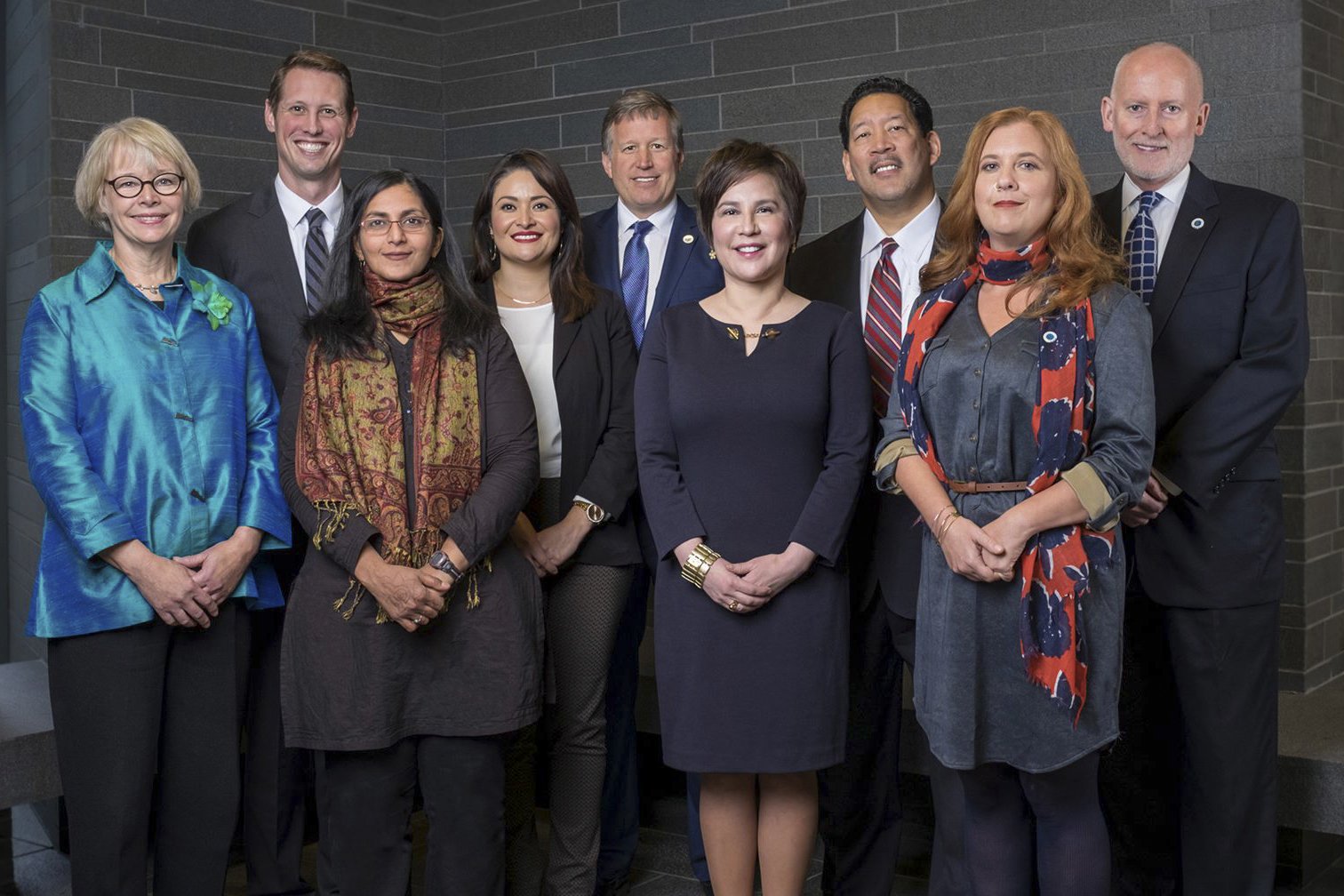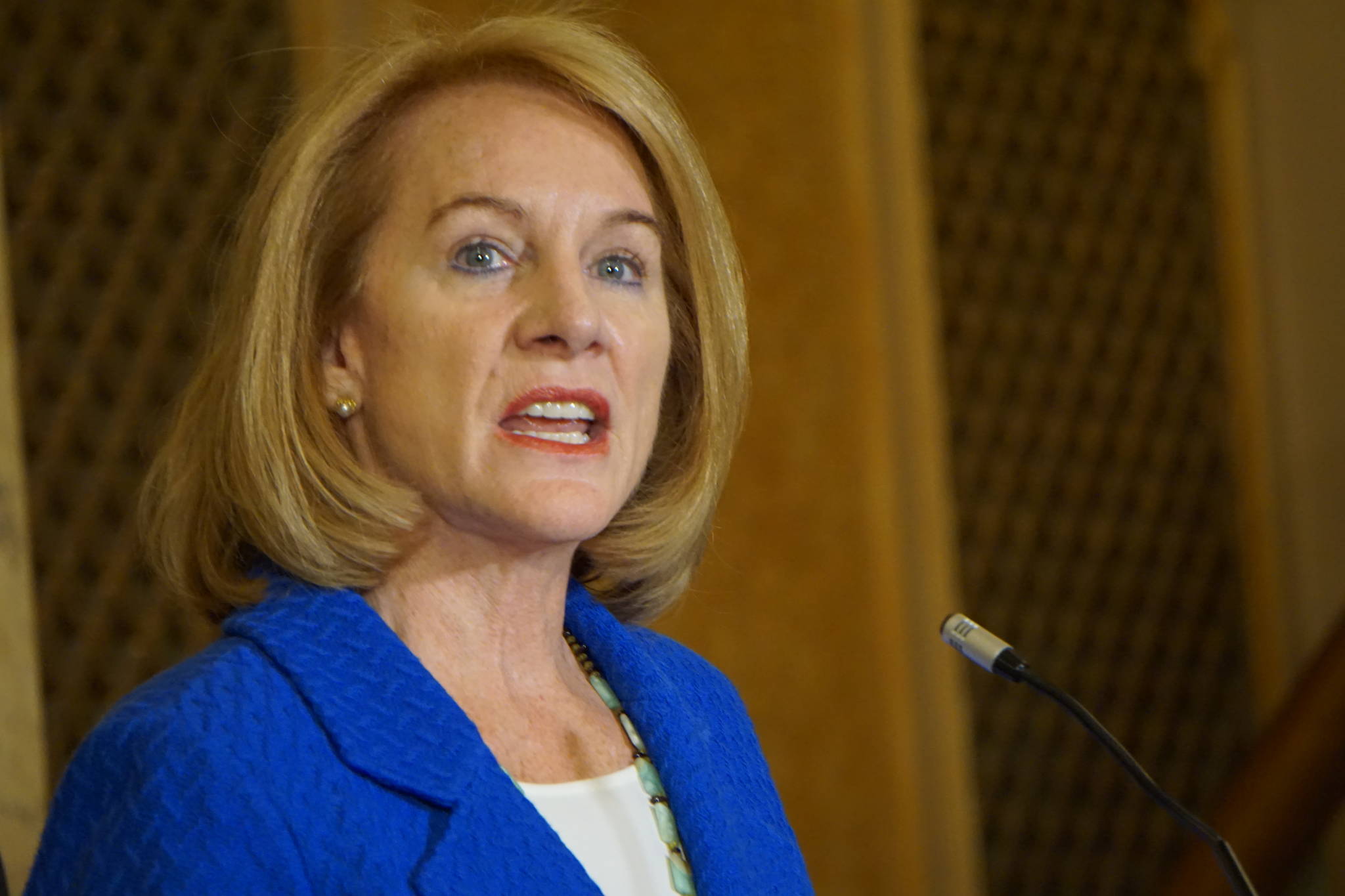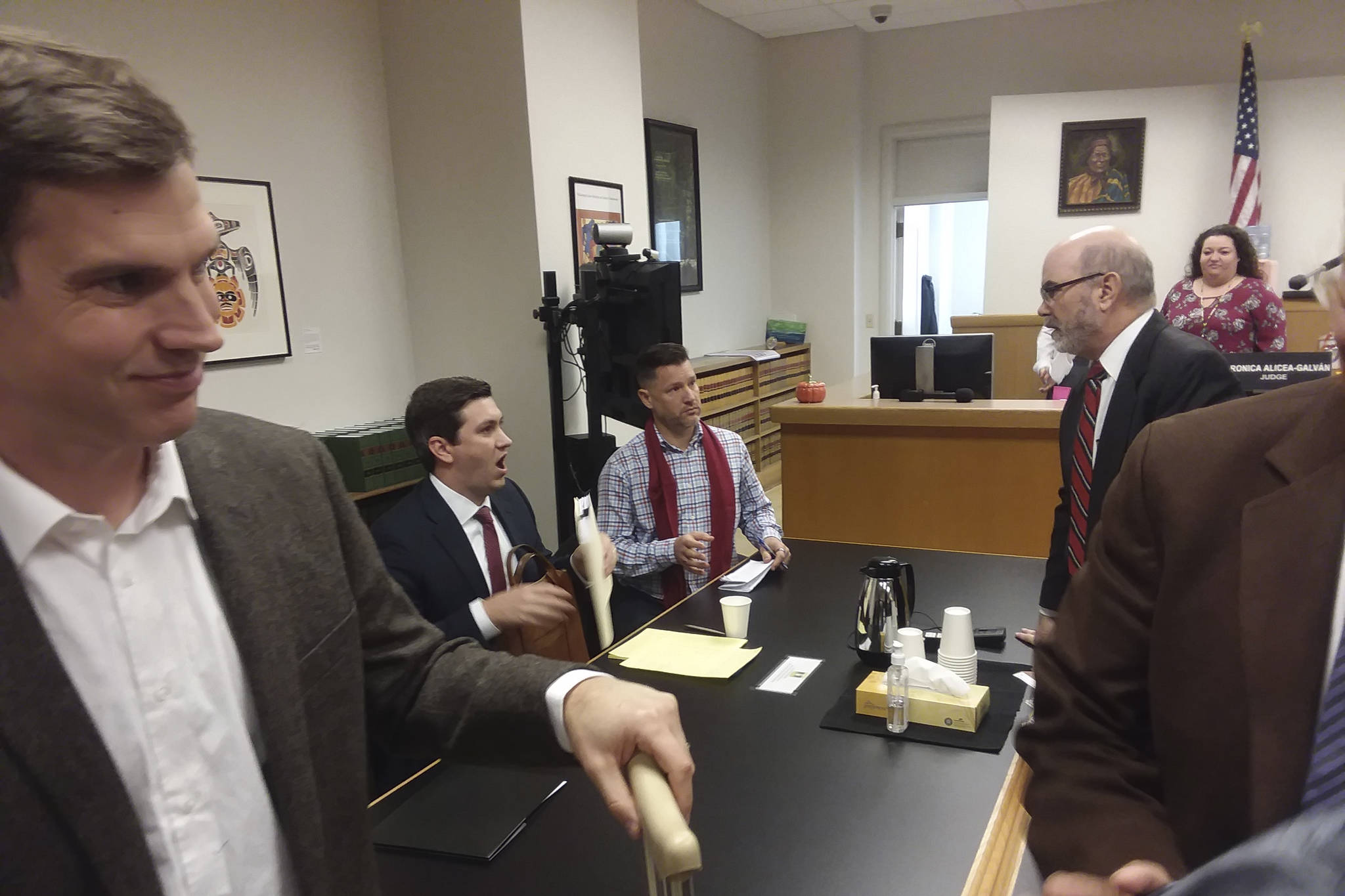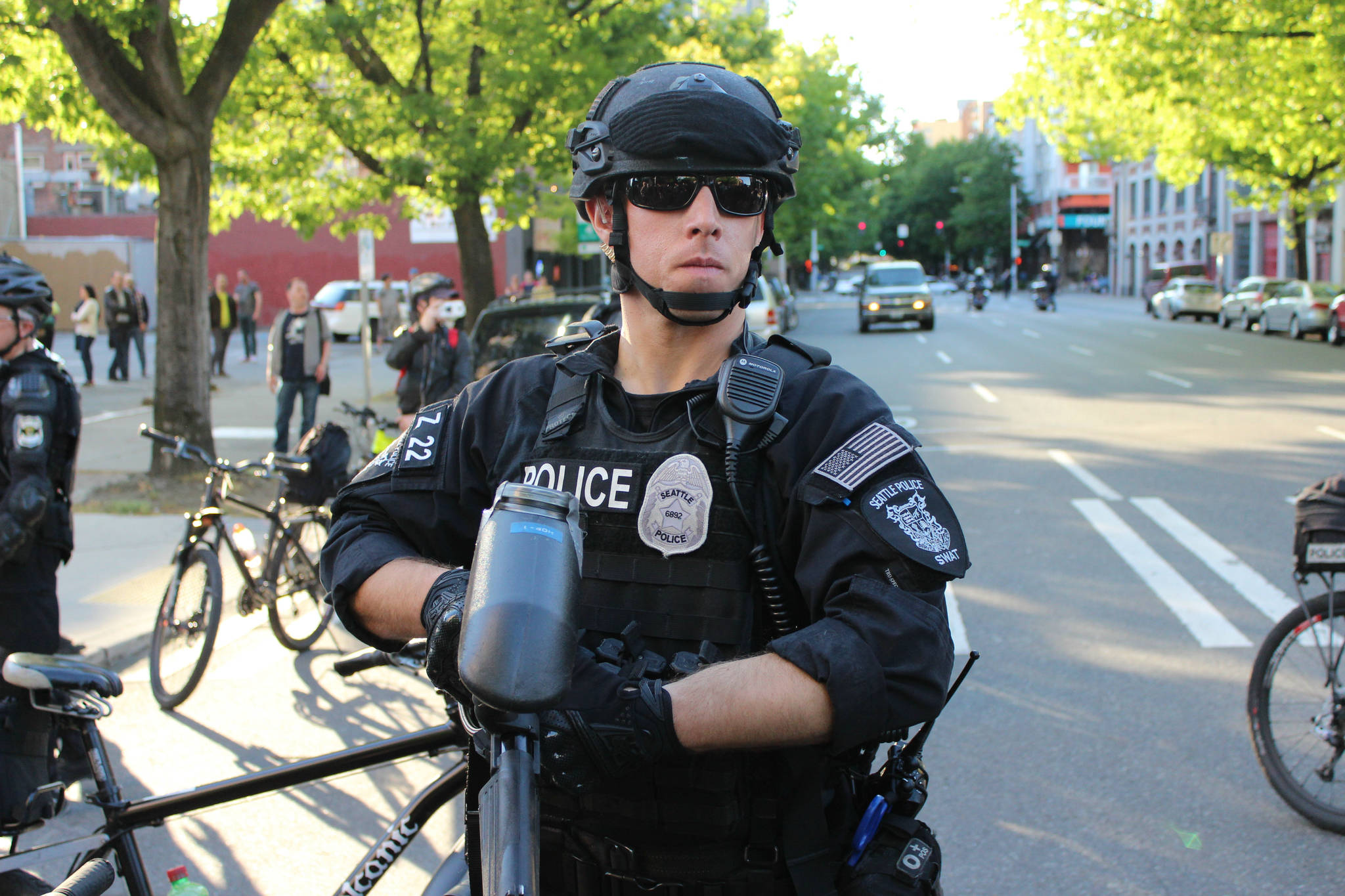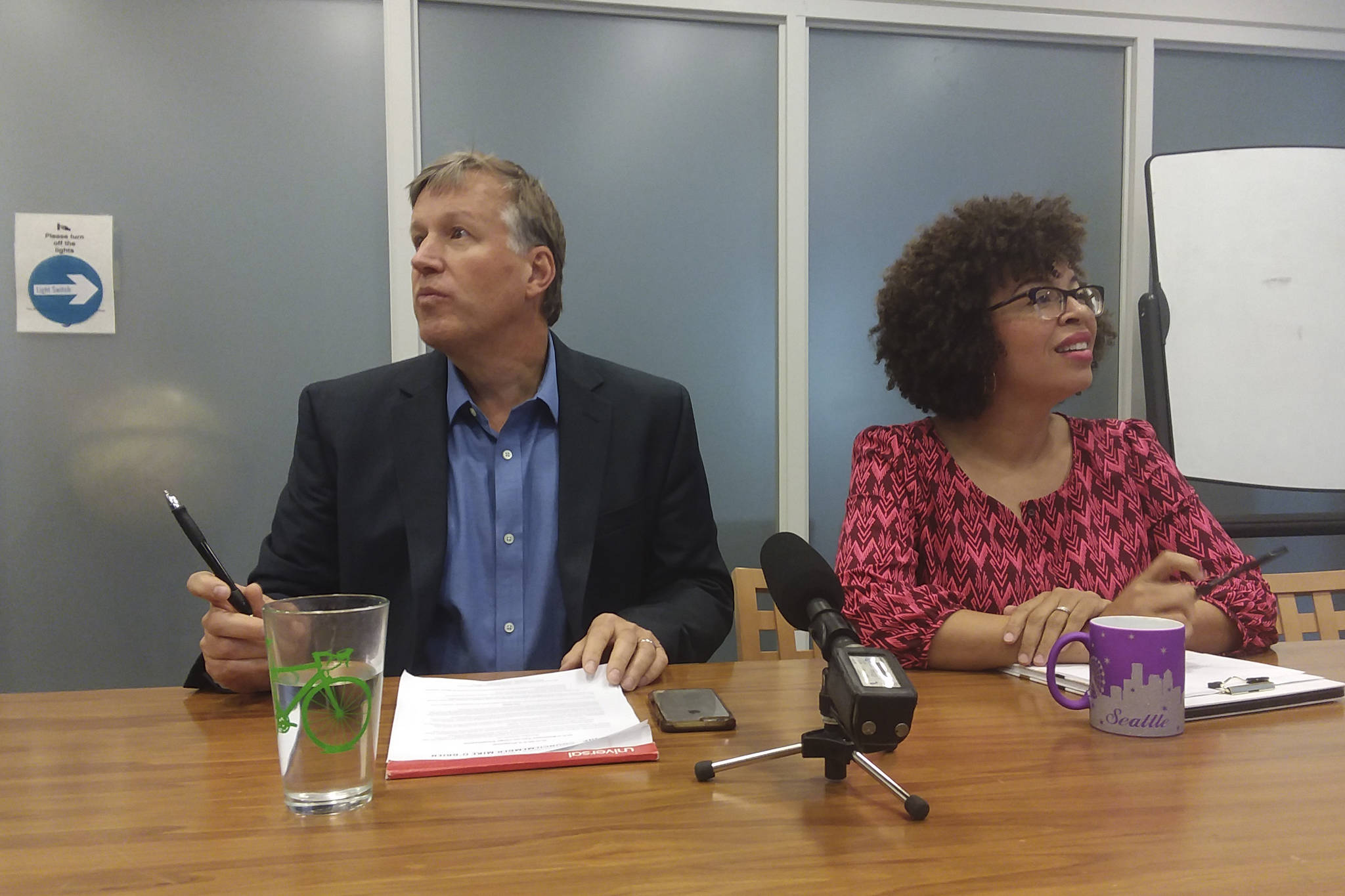Seattle’s City Council had some serious turnover last year. Sally Clark resigned in the spring for a job at the University of Washington; Tom Rasmussen and Nick Licata decided not to run for re-election; and Jean Godden didn’t make it through the primary. That’s four of nine seats.
One factor in their decisions to skedaddle was the shift to district elections. Thanks to a 2013 citizen’s initiative bankrolled by conservative businesswoman Faye Garneau, this Council is the first since 1908 in which all but two of the nine members were elected by district rather than at-large. Garneau’s pitch was that districts would make councilmembers more accountable by matching one Council seat to one set of constituents. Because of the change to districts, every single councilmember had to run for re-election at the same time.
Before last fall’s election, some suggested that districts would cripple councilmembers’ ability to collectively influence city policy. Provincial concerns and inter-district haggling would take up all the members’ time, the theory went, creating a vacuum that Seattle’s mayor would fill. “Ed [Murray] will vastly increase his power now,” retiring councilmember Sally Clark told us in February 2015. “The members [at least the seven elected by district] will deal with their own district and cede the bigger vision, the bigger picture to the mayor.”
Now, with a year under the new Council in the books, we have a pretty good idea of whether that prediction came true. The answer is no.
“I’m impressed by their willingness to look at the big picture,” Licata tells Seattle Weekly of his successors. “They’re not consigned to just having an orderly, provincial, district perspective.”
The 2016–17 council is younger and includes more women and people of color (though it lost direct representation for the city’s queer community, from whose ranks Rasmussen and Clark hail). It includes lawyer and mayor’s-office alum M. Lorena González, North Seattle lawyer Debora Juarez, transit wonk Rob Johnson, and former Licata staffer Lisa Herbold. These councilmembers, along with the five who predated them, have seized the reins of city policy during their first year.
In some cases, they’ve teamed with Murray to advance the mayor’s “big picture” agenda. For example, in August Council passed a bill prohibiting landlords from discriminating against tenants with unconventional sources of income like child support or veteran’s benefits. Herbold shepherded it through Council with amendments, but it originated from Murray’s Housing Affordability and Livability Agenda (HALA) task force.
But the Council has not been shy about initiating its own big, bold projects: Councilmembers Kshama Sawant and Herbold tag-teamed passage of a controversial $29 million bond (that is, a loan to the city from investors) to fund affordable housing. Herbold and González led a painstaking series of stakeholder meetings throughout 2016 to craft a bill guaranteeing workers’ right to know their schedules ahead of time, culminating in unanimous Council approval in September. In December, Sawant and tenant activists got Council to pass a cap on the move-in fees landlords can charge new renters. In August, Council passed a González-sponsored bill banning the use on minors of discredited “conversion therapy,” which tries to brainwash queer kids straight.
These aren’t just tweaks to zoning rules or oversight of investment portfolios. This is not a caretaker Council. “The ideas and leadership in 2016 have been coming from the City Council,” says former mayor Mike McGinn. “One can argue about the policy, but at least they are out there in public trying.”
In conversations at City Hall, two explanations for why the Council had such an engaged year emerged. One is simple: They didn’t know what they were doing. Whereas five incumbents began 2016 well versed in the conventional wisdom of the arduous path legislation must take to become law, the four newbies had no choice but to experiment. As a result, they’ve been more willing to try the impossible—which, it’s turned out, has often proven quite possible after all. For instance, three of the four new councilmembers supported the $29 million bond, despite strenuous objections from the mayor’s office that it wasn’t possible, or at very least wasn’t prudent.
“When you have so many new ones,” says Licata, “they create their own dynamic” which can replace “the established culture of the Council.” This Council’s dynamic, he says, “is a bit more freewheeling and up-front on what they believe and think.” He thinks that’s a good thing: “It’s perhaps a little startling for folks who have been there for a while … but I don’t see outright disrespect” among councilmembers, Licata says. “Well, most of the time.”
The bigger reason, though, is that the Council has largely been reacting rather than doing. In the churning waters of 2016, they’ve been surfers balanced atop the waves of politics, riding (or getting pummeled by) forces they cannot dodge. We live in a time of broken state and federal governments. Congress hasn’t passed a proper budget in years. The social safety net established during the post-WWII welfare state has largely disintegrated. The state legislature is so dysfunctional that the state Supreme Court has held it in contempt (for the first time in Washington’s history) for failing at its constitutional duties. At the same time, bigger problems—like climate change, institutional racism, and perennial financial crises—continue to fester and grow, driving up citizen demand for implementable solutions. That pressurized demand finds release in Seattle’s city government, an entity big enough to institute real policies but small enough that local organizing can still influence decisions. For instance, consider Sawant’s bill to cap move-in fees for new renters, which passed last week. It was proposed by community activists at the Washington Community Action Network, who were themselves responding to Seattle’s affordable-housing crisis. Or the secure-scheduling bill, which originated from unions in response to widespread exploitative scheduling practices by large corporations like Starbucks.
On top of its legislative successes, some of the most important moments in Council chambers this year were obstructions, when members pumped the brakes against policies they considered ill-advised. Take homelessness: When Murray declared his intention to evict the Jungle, activists and some councilmembers growled so loud that former prosecutor Sally Bagshaw forged a deal with the mayor’s office to delay the Jungle eviction for months, while Union Gospel Mission, a Christian homeless-services provider, did outreach with offers of shelter or assistance with moving to another site. Real Change founder Tim Harris tells Seattle Weekly the Council’s efforts to delay the Jungle eviction was “unprecedented.”
The move strained Bagshaw’s relationship with Murray. Mending that fence may be why, in September, Bagshaw attempted to stop Mike O’Brien from introducing a bill penned by homeless advocates that would have placed restrictions on Murray’s encampment evictions, such as ensuring there would be somewhere decent for the evictees to go. She wasn’t able to block its introduction, but Bagshaw and a majority of her colleagues later voted to put the bill on hold until January, at least, while the mayor shows off his own ostensible reforms to the rules governing encampment evictions. (According to the written notes of an Office of Civil Rights observer uncovered by The Seattle Times, Murray’s evictions remain a “hott mess.”)
In both cases, Bagshaw’s behavior makes sense only when understood as a reaction to her increasingly hot political environment. Like the mayor and other councilmembers, she’s been trying to satisfy two competing constituencies: human-rights advocates, including homeless-service providers, faith groups, and civil-rights nonprofits; and law-and-order types, including neighbor organizations and business groups. Both sides have lobbied and testified to city leaders, usually with passion and often with coherence. Both sides are motivated by real-world conditions, measured in human lives on one side and visible poverty on the other. Homelessness took center stage at City Hall this year because of the sheer severity of the crisis. It’s been decades in the making, thanks to funding cuts to housing and mental-health care by the state and federal governments, but the past year or two has seen a renewed interest in the public and its elected representatives toward the plight of capitalism’s refugees. Public frustration is boiling over, making it impossible for leaders to ignore the problem.
And there’s the rub. We do not have an extraordinary Council. We just live in extraordinary times—of staggering inequality, grotesque poverty, and impending environmental collapse.
In the first year of the Trump administration, the pressure born of need mixed with dysfunction will grow. “There’s going to be a lot, I think, of hostile actions taken against cities that exert any sort of independence in policy fields,” says Licata. And the more basic problems of which Trump himself is a symptom—inequality and myriad demographics-based oppressions—will remain with us. In other words, expect turbulence inside City Hall and on the streets of Seattle. The Council, our perilous band of surfers, has plenty of political waves coming its way. In comparison to prior Councils, their active, activist temperament may be well-suited to the challenges ahead.
cjaywork@seattleweekly.com
